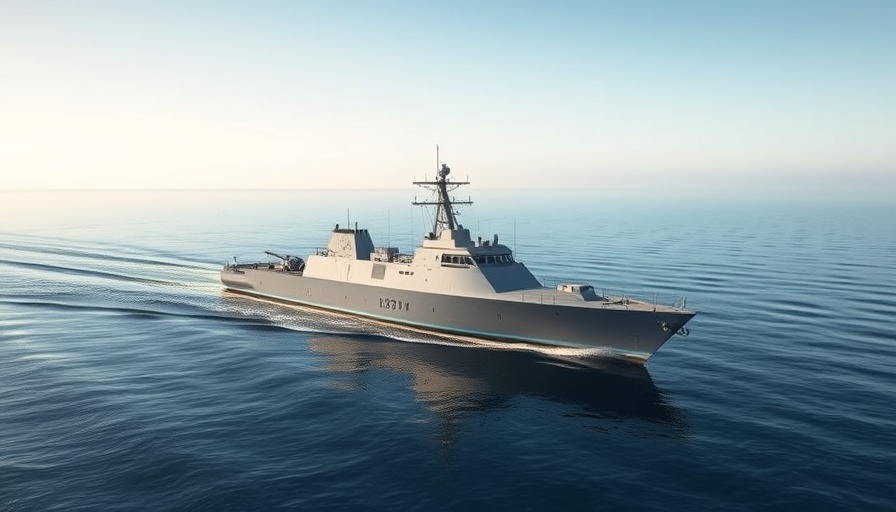
Introducing the Future: MASC USV Family by BlackSea Technologies
In an exciting development for naval technology, BlackSea Technologies has unveiled its MASC (Multi-Application Surface Craft) USV (Uncrewed Surface Vehicle) family, specifically designed to assist in the modernization of the U.S. Navy fleet. This innovative suite of unmanned vessels offers advanced capabilities that could revolutionize maritime operations and enhance the Navy’s operational efficiency.
How the MASC USVs Are Changing Naval Operations
The MASC family of USVs includes a range of vessels equipped with cutting-edge technology to support various mission profiles, including surveillance, reconnaissance, and logistical support. These uncrewed surface vehicles can operate independently or work in concert with crewed ships, allowing for a more flexible and responsive naval strategy. With their ability to perform multiple functions, they significantly reduce the risk to personnel and enhance mission effectiveness.
The Technology Behind MASC: What Makes It Stand Out?
BlackSea Technologies has incorporated state-of-the-art technologies into the MASC family, focusing on autonomy, durability, and versatility. The vessels are designed to withstand harsh marine environments while ensuring reliable performance. Additionally, they boast advanced sensor systems and data processing capabilities that allow for real-time information gathering and analysis, which is critical for modern combat scenarios.
Reactions from Experts and Stakeholders
Industry experts have expressed optimism about the potential of the MASC USVs to transform naval operations. "The integration of unmanned systems into traditional naval operations represents a significant shift in how we approach maritime security and defense,” said a defense technology analyst. Furthermore, stakeholders within the Navy have indicated that such advancements will enhance the United States' strategic capabilities.
The Path Ahead: Future Opportunities and Challenges
As the U.S. Navy continues to budget for modernization, the introduction of MASC USVs offers a glimpse into a future where unmanned systems play a pivotal role in defense strategies. However, embracing this technology poses challenges, such as integrating these systems with existing fleet operations and ensuring cybersecurity. It will be essential for the Navy to address these concerns while maximizing the capabilities of the MASC vessels.
Conclusion: What This Means for Naval Modernization
The MASC USV family represents not just a technological advancement but a strategic evolution in naval capabilities. By reducing human risk while enhancing operational effectiveness, these vessels are poised to play a crucial role in the U.S. Navy’s future. For anyone involved in maritime security or defense technology, keeping an eye on developments like the MASC family is vital.
 Add Row
Add Row  Add
Add 




Write A Comment